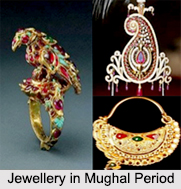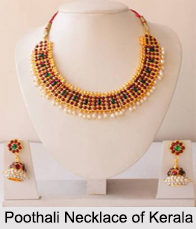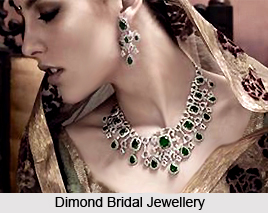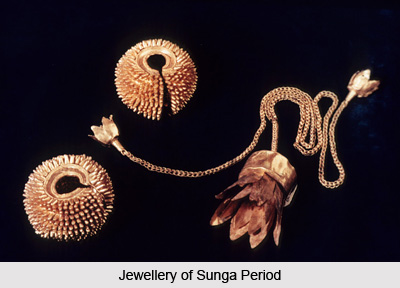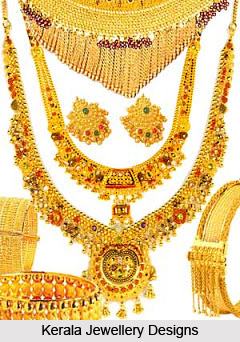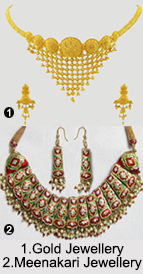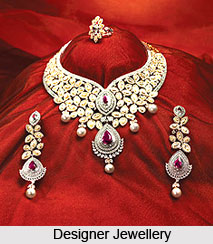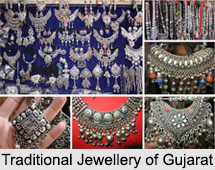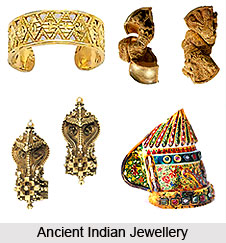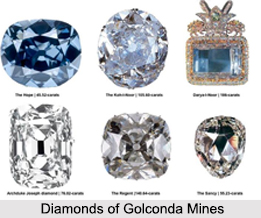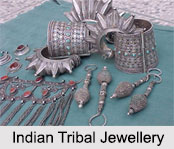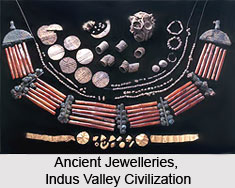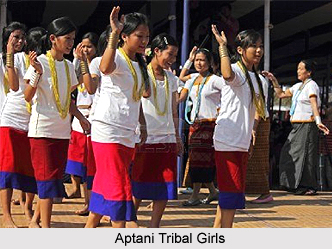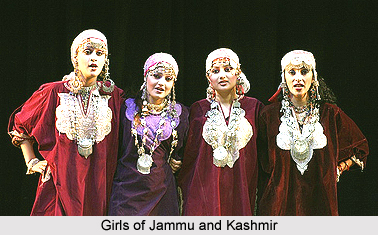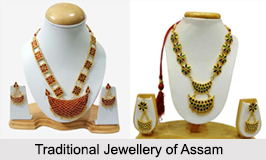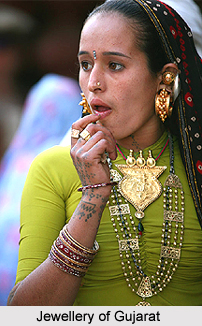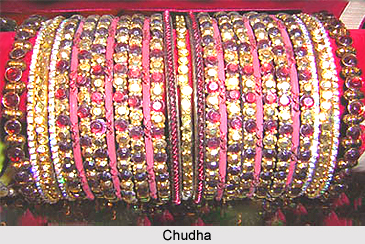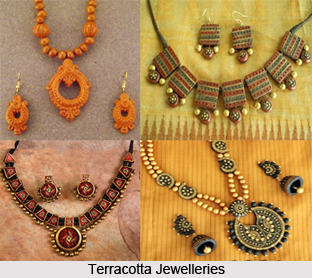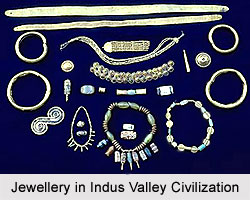 Jewellery in Indus Valley Civilization is amongst the most commonly found relics and artefacts of the Harappan society. The traditional art of India recommends a richness and profusion in the jewellery adorned by both men and women during that period. Earlier, it had a massive quantity to it but the workmanship was coarse. Ornaments made of gold, silver, copper, ivory, pottery and beads have been discovered in civilisations as ancient as the Harappa and Mohenjodaro. The people of the Indus Valley Civilization were the first to explore the jewellery making craft. One of the most remarkable excavations of Indus Valley Civilisation was the discovery of the art and crafts and the social, religious and economic condition of that era.
Jewellery in Indus Valley Civilization is amongst the most commonly found relics and artefacts of the Harappan society. The traditional art of India recommends a richness and profusion in the jewellery adorned by both men and women during that period. Earlier, it had a massive quantity to it but the workmanship was coarse. Ornaments made of gold, silver, copper, ivory, pottery and beads have been discovered in civilisations as ancient as the Harappa and Mohenjodaro. The people of the Indus Valley Civilization were the first to explore the jewellery making craft. One of the most remarkable excavations of Indus Valley Civilisation was the discovery of the art and crafts and the social, religious and economic condition of that era.
The excavations yielded a rich collection of objects in stone, bronze and terracotta. One of the most known figurines is perhaps the Dancing girl of Mohenjodaro (in bronze) wearing a necklace and a series of bangles almost covering one arm, her hair dressed in a complicated coiffure, standing in a provocative posture, with one arm on her hip and one lanky leg half bent.
Types of Jewellery Designs
By 1,500 BC the population of the Indus Valley was creating moulds for metal and terracotta ornaments. Gold jewellery from these civilizations also consisted of bracelets, necklaces, bangles, ear ornaments, rings, head ornaments, brooches, girdles etc. Here, the bead trade was in a full swing and they were made using simple techniques. Although women wore jewellery the most, some men in the Indus Valley wore beads. Small beads were often crafted to be placed in men and women`s hair. The beads were so small they usually measured in at only 1 mm long.
Both men and women adorned themselves with ornaments. While necklaces, fillets, armlets and finger-rings were common to both genders; females wore jewellery in the Indus Valley predominantly, since they wore numerous clay or shell bracelets on their wrists. They were often shaped like doughnuts and painted black. Over the time, clay bangles were discarded for more durable ones. Women wore girdles, earrings and anklets.
Ornaments were made of gold, silver, copper, ivory, precious and semi-precious stones, bones and shells etc. Other pieces that women frequently wore were thin bands of gold that would be worn on the forehead, earrings, primitive brooches, chokers and gold rings. Even the necklaces were soon adorned with gems and green stone.
